With trucker's horn on the foredeck and the "Don't Tread On Me" Navy jack flying at the stern, ERGED ON may be compensating for the absence of the intimidating noise that a gas outboard would produce. With just Ned aboard, ERGED ON II hits a top speed of 17 mph with the motors drawing a total of 10 kilowatts.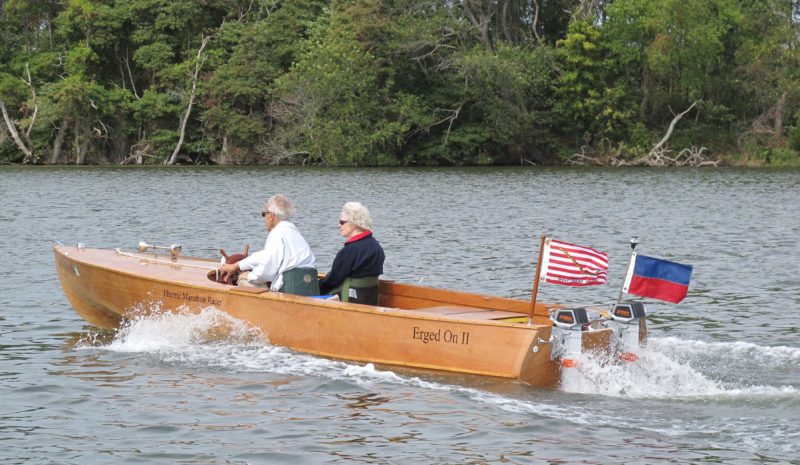 Ed Farinholt
Ed Farinholt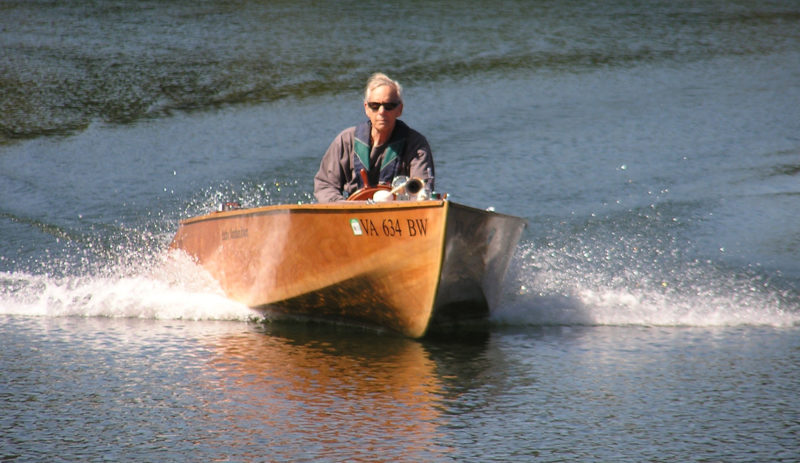 Ed Farinholt
Ed Farinholt
Join The Conversation
We welcome your comments about this article. To include a photo with your remarks, click Choose File below the Comment box.
Comments (3)
Comments are closed.

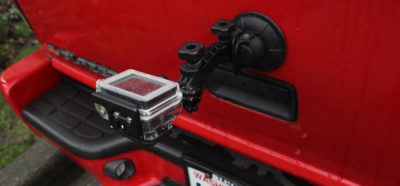
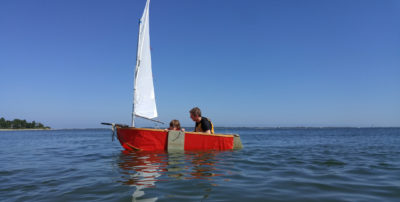
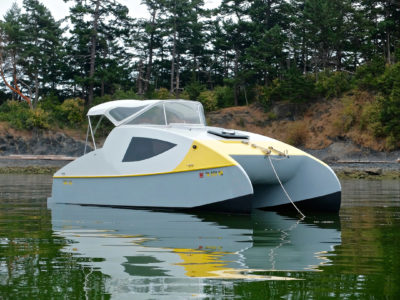



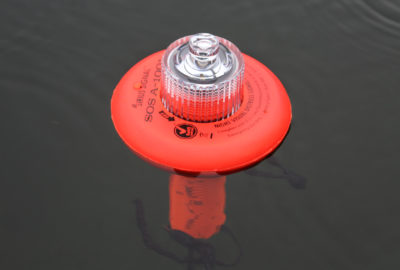
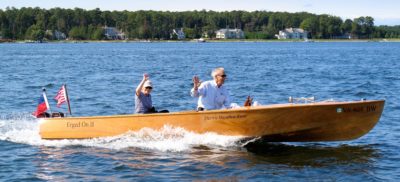

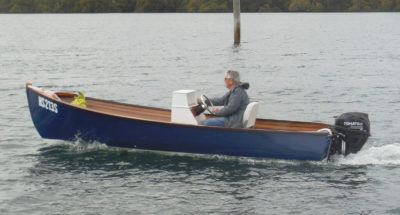
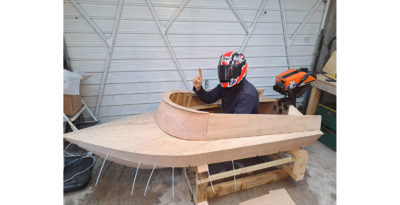

I wish Mr. Farinholt had shared a few more of the technical details of his electric propulsion system such as battery capacity, amps drawn at certain speeds, the props’ diameter and pitch, and whether or not he opted for opposite rotating props.
Glad to share tech info. The batteries are LiFePO4 prismatic cells, two banks, 160AH each, 60 volts. The boat with pilot is about 1000 lbs. The props are the Torqeedo high-performance ones, about 13″ diameter. The motors are not opposite rotating—Torqeedo did not offer that option. The speed vs power curve can be approximated by S=6+1.3P where S is in mph and P is in total KW input. One kw goes 5 mph and 8 kw goes about 16 mph. The battery banks hold at about 60 volts so you can calculate amps from power drain.
Ned, wonderful project and there is probably more speed yet to be found. Looking at the photo, I suspect that speed is limited by having what looks like excessive frictional resistance. For this boat at 16mph, a higher hull trim angle to get more surface area out of the water should make for more speed. One way to go there is to move weight further aft. Moving weight too far aft can cause porpoising but looking at the photo, you should be able to move weigh a significant amount further aft with no problem. A trim angle of 4 to 5 degrees should be ideal for speed in this hull. Other methods for increasing the trim angle would probably involve modification to the hull bottom.